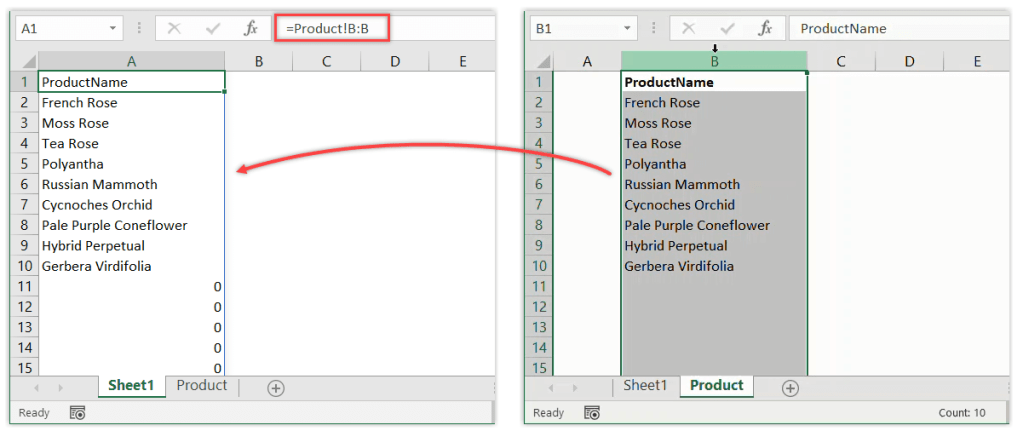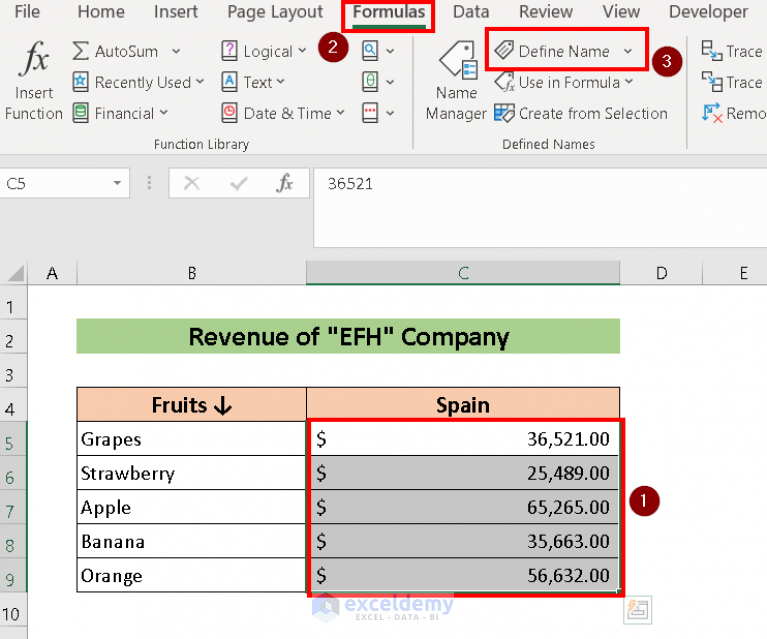5 Ways to Link Sheets in Excel

Linking sheets within Excel is a fundamental skill for any data analyst or office worker looking to streamline workflows and ensure data consistency across multiple spreadsheets. This practice not only saves time but also reduces the risk of errors when data needs to be updated in different locations. Below, we explore five effective methods to link sheets in Excel, providing step-by-step guidance to help you master this essential technique.
Method 1: Using Cell References

The simplest way to link sheets is by using cell references. Here’s how to do it:
- Open the workbook containing both the source and destination sheets.
- Select the cell in the destination sheet where you want the link to appear.
- Type an equal (=) sign, then navigate to the source sheet, and click on the cell you want to link to. For example, if you’re linking to cell A1 in ‘Sheet2’, your formula will look like
=Sheet2!A1. - Press Enter to finalize the link. The cell in your destination sheet will now display the value from the source cell, and any changes made to the source will automatically reflect here.
Method 2: Hyperlinks

For navigation purposes, Excel also offers hyperlink functionality:
- Select the cell or text where you want to create the hyperlink.
- Right-click and choose Hyperlink or press Ctrl + K.
- In the ‘Insert Hyperlink’ dialog, choose ‘Place in This Document’, select the sheet, and optionally choose a specific cell.
- Click OK to create the hyperlink. Now, clicking this link will take you directly to the linked cell in another sheet.
🌟 Note: Hyperlinks are useful for quick navigation but won't update automatically if the source data changes.
Method 3: Named Ranges

Using named ranges can make your formulas more readable and maintainable:
- Define a named range in the source sheet by selecting the cells, going to Formulas > Define Name, and entering a name for your range.
- In the destination sheet, you can now reference this named range. For example, if the range is named ‘SalesData’, you can use
=SalesDatain your formulas.
💡 Note: Named ranges are particularly useful for complex spreadsheets where clarity in formula references can greatly improve usability.
Method 4: 3D References

3D references allow you to consolidate data from multiple sheets:
- Select the cell where you want to display the sum or another function from multiple sheets.
- Enter a function like SUM, then start typing the reference with the first and last sheet name in the sequence separated by a colon, followed by the cell you’re summing. For example, to sum cell A1 from ‘Sheet1’ through ‘Sheet5’, you’d use
=SUM(Sheet1:Sheet5!A1).
Method 5: External Links

When working with multiple files, linking sheets from different workbooks can be useful:
- Open both the source and destination workbooks.
- In the destination workbook, type an equal sign, switch to the source workbook, and select the cell or range you want to link.
- Excel will automatically insert an external link like
=‘C:\Users[User]\Documents[Workbook]Sheet1’!A1. - Press Enter to complete the link. Now, when you open the destination file, Excel will prompt you to update links to ensure the data is current.
📁 Note: External links can make files interdependent, which can complicate file management. Ensure all linked files are accessible when updating or sharing spreadsheets.
In conclusion, linking sheets in Excel enhances your ability to manage and analyze data efficiently. Whether through direct cell references, navigational hyperlinks, named ranges, 3D references, or external links, each method provides unique benefits that can be tailored to your workflow needs. By mastering these techniques, you can maintain data integrity across multiple spreadsheets, making your work with Excel not only faster but also more accurate and dynamic.
Can I use formulas to link sheets in Excel?

+
Yes, you can use formulas like =Sheet2!A1 to reference cells from different sheets within the same workbook.
How do I ensure links update automatically?

+
When you use cell references or named ranges, Excel will automatically update the links whenever the source data changes.
What happens if the source file is moved or renamed?

+
If the source file linked externally is moved or renamed, Excel will not be able to find it, and you’ll need to update or re-link the references.



